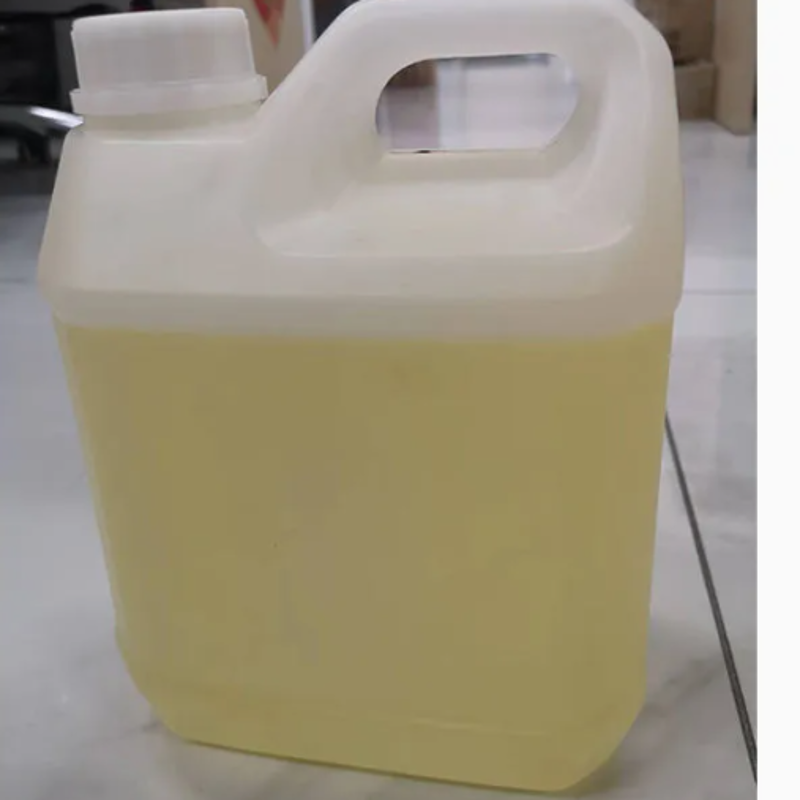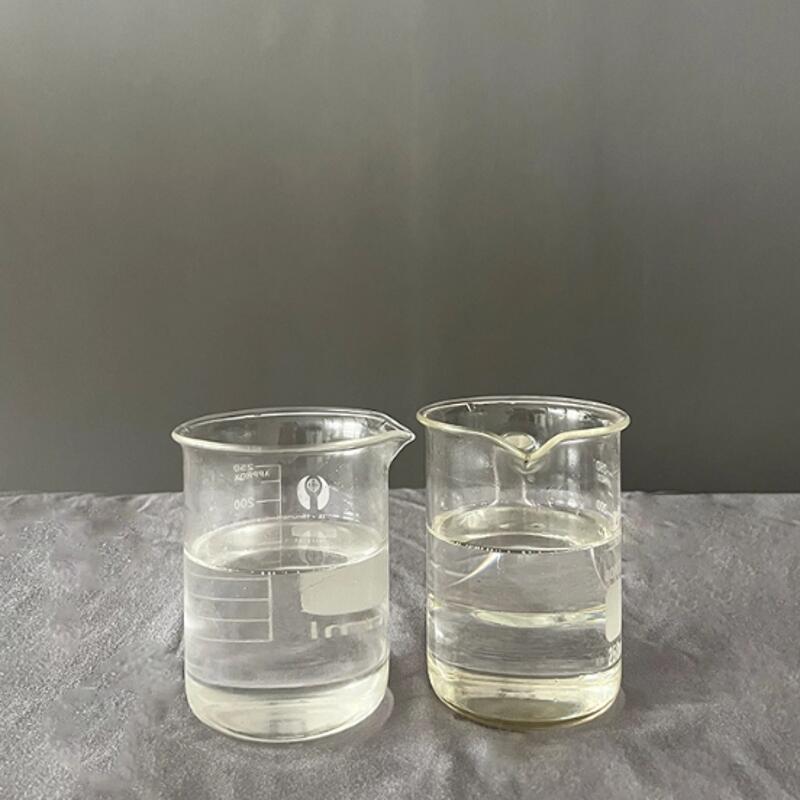-
Categories
-
Pharmaceutical Intermediates
-
Active Pharmaceutical Ingredients
-
Food Additives
- Industrial Coatings
- Agrochemicals
- Dyes and Pigments
- Surfactant
- Flavors and Fragrances
- Chemical Reagents
- Catalyst and Auxiliary
- Natural Products
- Inorganic Chemistry
-
Organic Chemistry
-
Biochemical Engineering
- Analytical Chemistry
-
Cosmetic Ingredient
- Water Treatment Chemical
-
Pharmaceutical Intermediates
Promotion
ECHEMI Mall
Wholesale
Weekly Price
Exhibition
News
-
Trade Service
In foreign countries, "white pollution" has attracted widespread attention from citizens to governments, from manufacturers to academia, and has made progress in many aspects; in China, waste plastic recycling technology started relatively late, but it has progressed rapidly.
Many universities, colleges and universities, Chemical research institutes, environmental protection departments, manufacturers, etc.
have all joined the research ranks
.
1.
Recycling method
Recycling method
Recycling technology refers to the recycling of plastic products after identification, classification, cleaning, crushing or dissolving, melting, direct processing and molding, or through mechanical blending or chemical modification, and then processing and molding
.
Recycled PET flow chart:
1.
Direct recycling
Due to the high cost and small consumption in the primary stage of plastic recycling, the production volume is not large, and people have low requirements for plastic performance
.
For example, a certain proportion of waste polyethylene (PE), waste polystyrene (PS), dicumyl peroxide (DCP), and multifunctional monomers are mixed uniformly and then reactively co-extruded on a twin-screw extruder.
out
.
2.
Modified regeneration
Modification is to add different modifiers according to the characteristics of different waste plastics to convert them into useful materials with high added value
.
(1) Physical modification
.
(2) Chemical modification
.
2.
Chemical cracking recovery method
Chemical cracking recovery method
The chemical cracking recovery method is a single variety of waste plastics that are hydrolyzed or alcoholyzed into monomers or low-molecular-weight polymers, or the waste plastics (which can be mixtures of certain varieties) are pyrolyzed or catalytically cracked to prepare chemical products.
products (such as ethylene, propylene, aromatics, tar, etc.
) and liquid fuel oil (gasoline, diesel, kerosene, etc.
)
.
1.
Thermal decomposition method
The waste plastics are sorted, crushed and melted into the thermal decomposition reactor, the reactor is heated up, the waste plastics are melted into a high-viscosity liquid, and pyrolyzed at a certain temperature to generate substances with relatively small molecular weights
.
The thermal cracking temperature of various waste plastics varies, but it is basically in the range of 350~500℃
.
Using this process to treat waste plastics can not only reduce environmental pollution, but also recover gasoline, diesel and other oil products, and the recovery rate can reach more than 80%, which has certain practical significance
.
At present, this technology is also widely used in plastic recycling in China, that is, the fuel oil (oil, gas) is recovered by high temperature cracking or catalytic cracking, but the scale is generally small, and in the process of plastic cracking, due to various reasons (such as Plastics are heated to produce high-viscosity melts that are difficult to transport; plastics have poor thermal conductivity, and it takes a long time to reach the thermal decomposition temperature, etc.
), resulting in high energy consumption, easy carbonization to block pipes, difficult process control, and long processing time
.
Therefore, it is very necessary to research and develop a chemical process with a good environment
.
Cracking waste plastics is usually divided into thermal cracking and catalytic cracking
.
(1) Thermal cracking
.
The separation of waste plastics is more complicated.
If they are separated and then cracked, it will cost a certain amount of equipment investment, energy and time, and the recycling cost is high
.
Thermal cracking generally heats the waste plastics that cannot be sorted and polluted to their decomposition temperature (600~900℃) in the reactor to decompose, absorb and purify to obtain usable decomposition products, mainly using the thermal cracking temperature characteristics of waste plastics The difference is separated and recovered by staged thermal cracking, and its technological process is as follows:
All kinds of waste plastics have their own thermal cracking temperature characteristics, and the common waste plastics PVC, PE, PP, PS are usually thermally cracked in stages
.
By controlling the thermal cracking temperature, the waste plastic mixture is cracked in stages
.
For example, thermal cracking of polystyrene in the low temperature stage can recover light fuel oil with high value styrene monomer, and heavy fuel oil in the high temperature stage
.
(2) Catalytic cracking
.
The thermal cracking reaction temperature has high requirements and is difficult to control
.
In order to reduce the temperature, save the cost, and improve the yield, catalyst catalytic cracking is often used
.
The technology of catalytic cracking of waste plastics to fuel oil has a successful precedent around the world
.
my country has also established some small-scale waste plastic oil chemical plants in Beijing, Xi'an, Guangzhou and other cities.
The process flow is as follows:
The selection of waste plastic cracking catalyst is the key to this technology.
The following table shows the cracking conditions and main products of several plastics:
But in general, there are the same problems in chemical cracking in China and even in the world, namely, the process and equipment are complicated, the recovery cost is high, the economic benefit is poor, and the feasibility in industrial production is low
.







